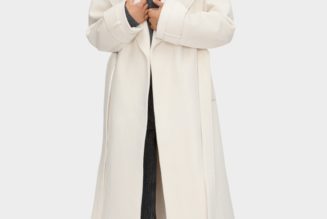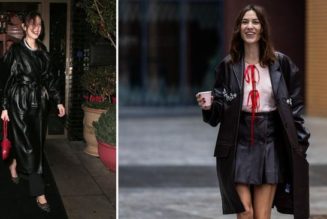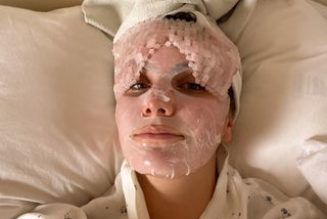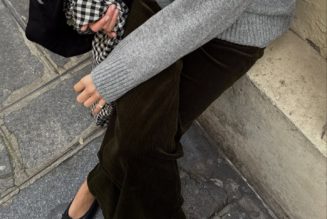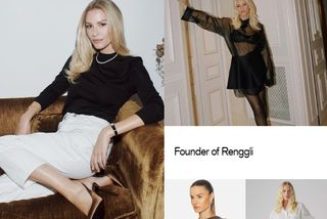Subscribe to gift this article
Gift 5 articles to anyone you choose each month when you subscribe.
Already a subscriber?
I was diagnosed with stage one hormone receptor-positive breast cancer in December. It’s the good kind, as these things go.
I got the call while I was at lunch for an Australian jewellery brand. That morning, the breast clinic had called to say my results could be shared by phone; there was no need for an appointment. Of course, I thought. Why would they need me to come in when there’s no way I could have cancer?
My phone rang; I excused myself and headed outside to hear the surgeon say, “unfortunately, we’ve found several invasive breast cancers”. I listened for a bit, went back to the table and sat next to the creative director, asking her about a bracelet she’d made for the collection. (It really was exquisite.)
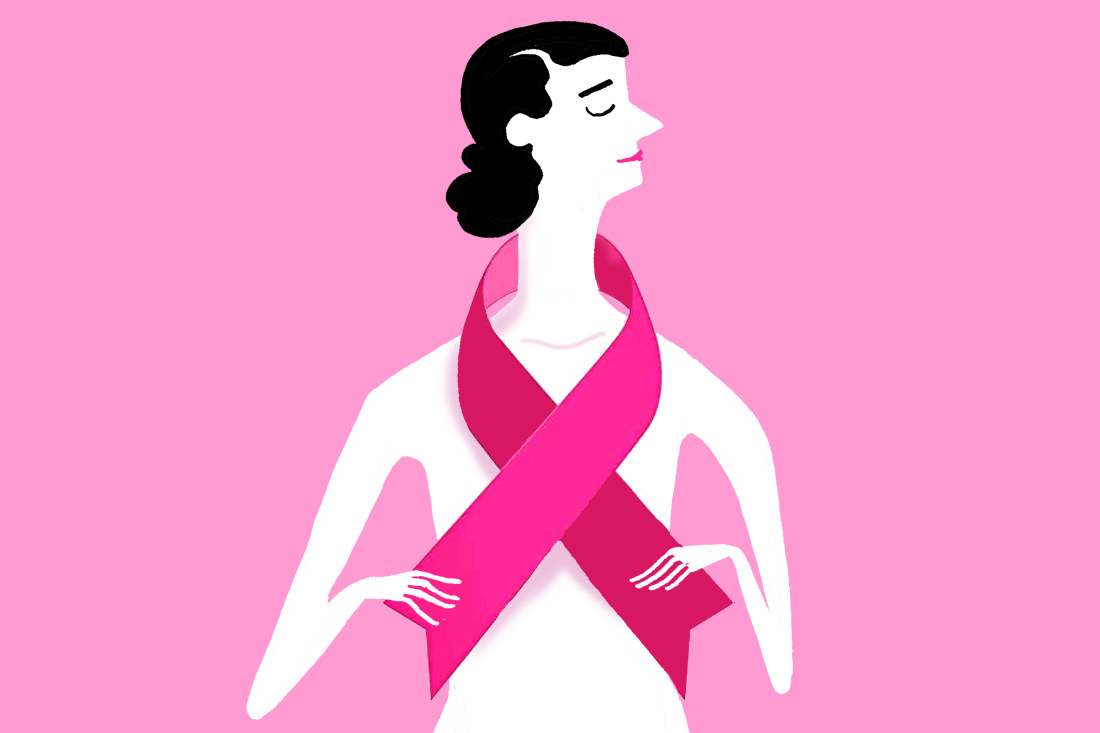
During treatment, your body is not your own. And at the exact moment you want to retreat, everyone needs to look at you. Simon Letch
I’m 38, have no family history of breast cancer and none of the known risk factors. After my surgeries, the nurses told me I have the resting heart rate of an athlete, and I’m vain enough to share that with you. Most days I still cannot believe I have cancer because I feel fine. It’s surreal to think that while you are running on a treadmill or making your kids’ lunches, or in the stands of Rod Laver Arena watching the Australian Open – as I did the day after I learnt I’d need to have a mastectomy – your body is playing house to a cluster of cells that will, if left untreated, probably kill you.
In writing about business, I’ve learnt that there is an industry for everything, and that includes breast cancer fashion. There are special jackets with interior pockets to wear post-mastectomy, to protect wound drains. There are wrap tops and button-up shirts to wear when you can’t move your arms. Mastectomy bras and prosthetics, advertisements for which were plastered over my social media within hours of my diagnosis.
There are pillows you wear across your chest to shield you from unwanted contact after operations. Special clothing made from breathable fabric that mitigates menopausal symptoms. Ice mittens to help preserve your nerves during chemotherapy. Silk pillowcases for itchy skin and bald heads. All manner of scarves and turbans (I’ll be holding out for vintage Pucci) and eyebrow misting and scalp cooling to help with hair loss. Wigs, obviously.
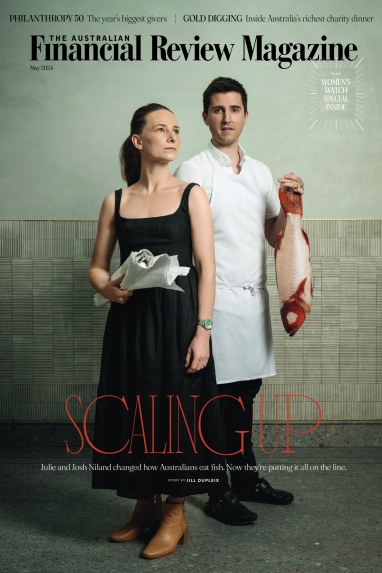
This feature appears in the May issue of AFR Magazine out on April 26. Louie Douvis
Photographer Bill Cunningham, who spent decades snapping ordinary people on the streets of New York, once said that fashion was the armour we use to survive everyday life. I’ve never personally understood fashion that way before, but in dressing for cancer, I can see the way that style can protect us.
My mastectomy fell on the weekend Taylor Swift performed in Sydney; a friend gave me a T-shirt that reads: “A lot going on at the moment”, a reference to a lyric. I wore it to surgery, along with Swift bracelets made by my children, with small beads spelling out Long Live and All Too Well.
During treatment, your body is not your own. And at the exact moment you want to retreat, everyone needs to look at you. I’ve become so used to stripping down that I no longer pull the curtain when a doctor examines me; the thin veneer of pretence that everyone in the room hasn’t seen every inch of my upper body eroded pretty quickly. You are forced to make fast decisions you’ve never considered, and all the choices are bad.
Your mobility is limited, a part of you has literally been chopped away. There’s nothing like a growing bald spot on your head to help you understand that clothing is not trivial: it can help us bear hard days. What I wear is a way back to looking, and feeling, as I did before. Is that denial? Maybe. But I quickly ditched lounge pants and the button-up shirts; putting on a T-shirt felt like an achievement.
Naked, it’s obvious what has happened to me. I want my clothes to tell a different story. The cottage industry of breast cancer is likely a saviour for many, but personally, I’d rather look like anything but a patient. Fashion is a wonderful tool for standing out, but it’s also useful when all you want to do is blend in. Armour protects you, but sometimes camouflage is better.

